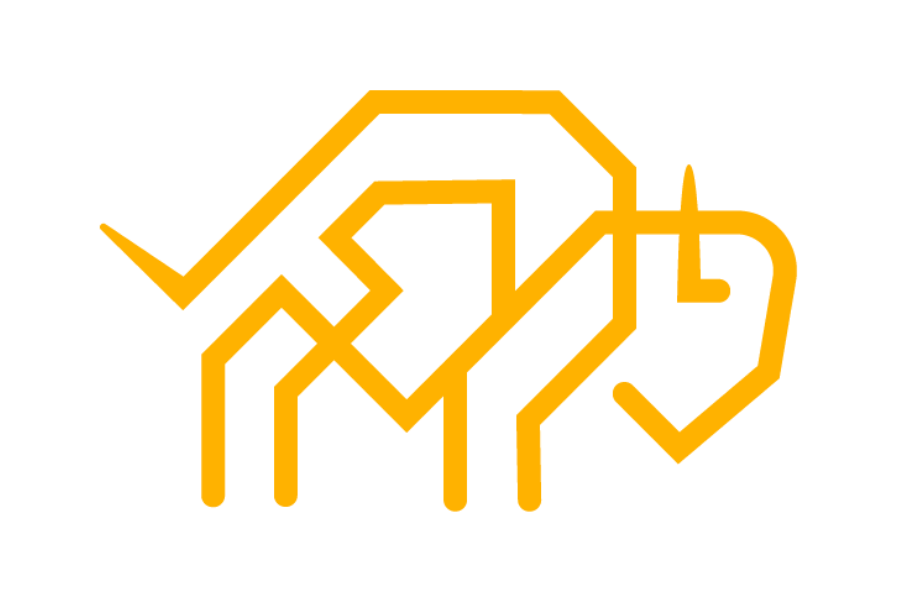

At the heart of effective digital transformation are transparent systems. Procurement isn’t just about price. And it’s not just about who gets the contract. It’s about what happens after the project is delivered — and who holds the keys to the system that’s been built.
At Bizont, we’ve seen too many organizations get locked into software they can’t modify, can’t fully understand, and can’t sustain without expensive vendor support. These aren’t just tech decisions — they are governance decisions. They shape how services are delivered, how data is accessed, and how much independence an organization really has.
In this final post of our Beyond the Bid series, we’re focusing on what comes after procurement: ownership, maintainability, and digital self-determination.
For governments and First Nations in the North, digital transformation isn’t just about efficiency — it’s about building capacity and autonomy. But many off-the-shelf platforms, or even some custom builds, create long-term dependencies:
This kind of lock-in drives up long-term costs and limits flexibility. It’s the opposite of what most public sector organizations actually need.
At Bizont, we take a different approach — one that puts control back in the hands of the client through transparent systems. Here’s how:
Here in the North, capacity-building is central to long-term success. When transparent systems are built with documentation, training, and flexibility in mind, they become assets that strengthen northern organizations for years to come.
Whether you’re a territorial department, a First Nation government, or a small NGO, the technology you buy should support your goals — not restrict them.
That’s what we mean when we talk about procurement as a tool for self-determination.
This post wraps up our Beyond the Bid series, which explored how smarter procurement decisions can:
We believe procurement should do more than check boxes — it should build capacity, deliver value, and reflect the goals of the communities it serves.
Let’s keep building toward that.
If something in this post resonated—or sparked ideas—we’d love to hear from you.
If something in this post resonated—or sparked ideas—we’d love to hear from you.

Join our mailing list to receive fresh insights, stories and updates.